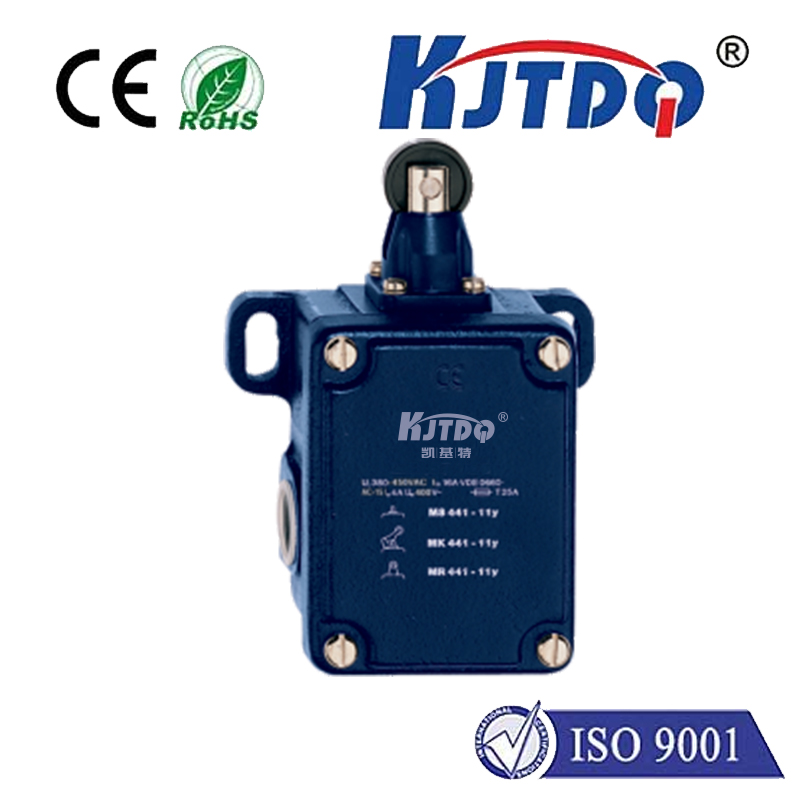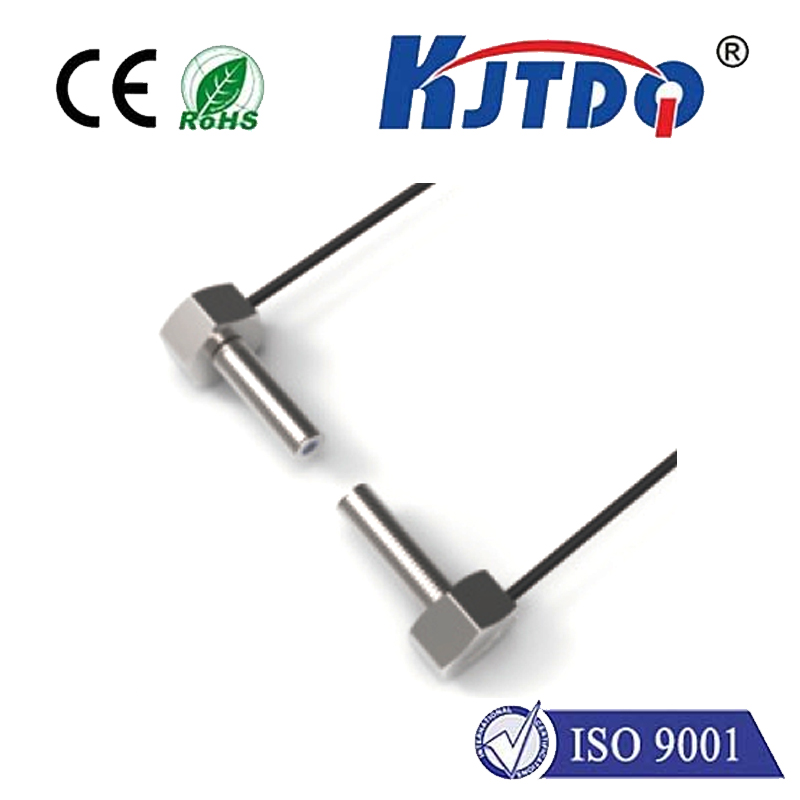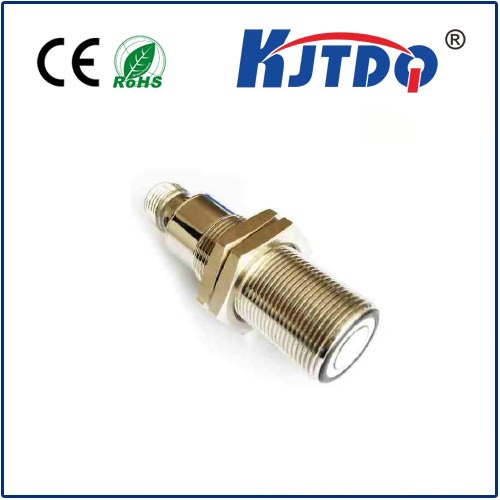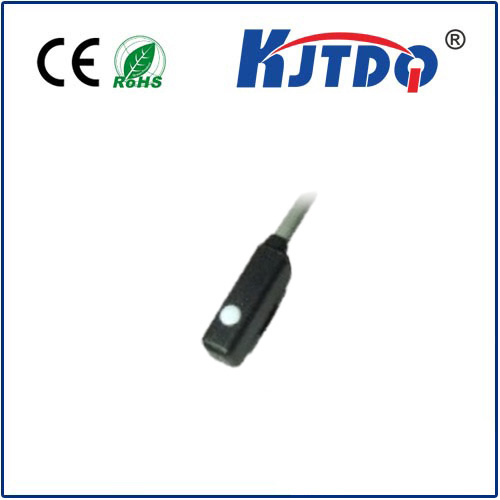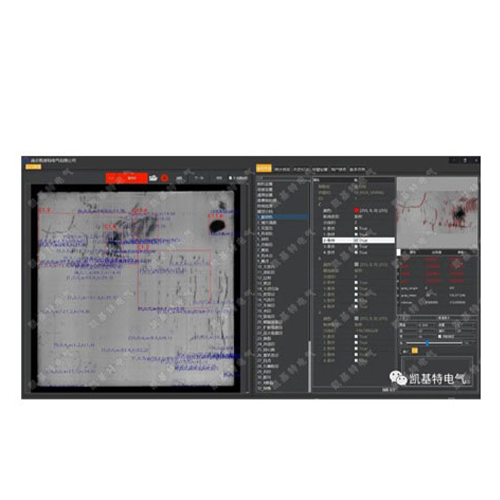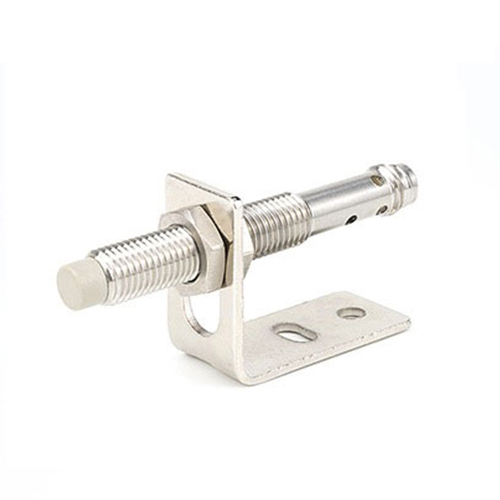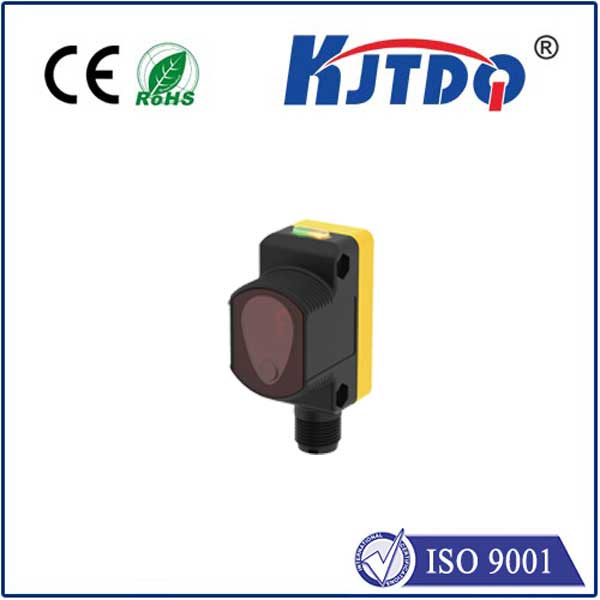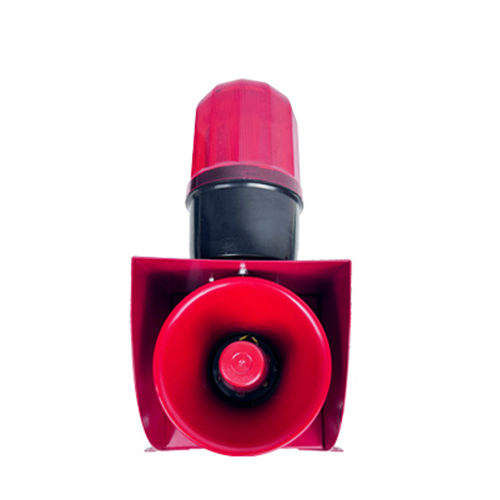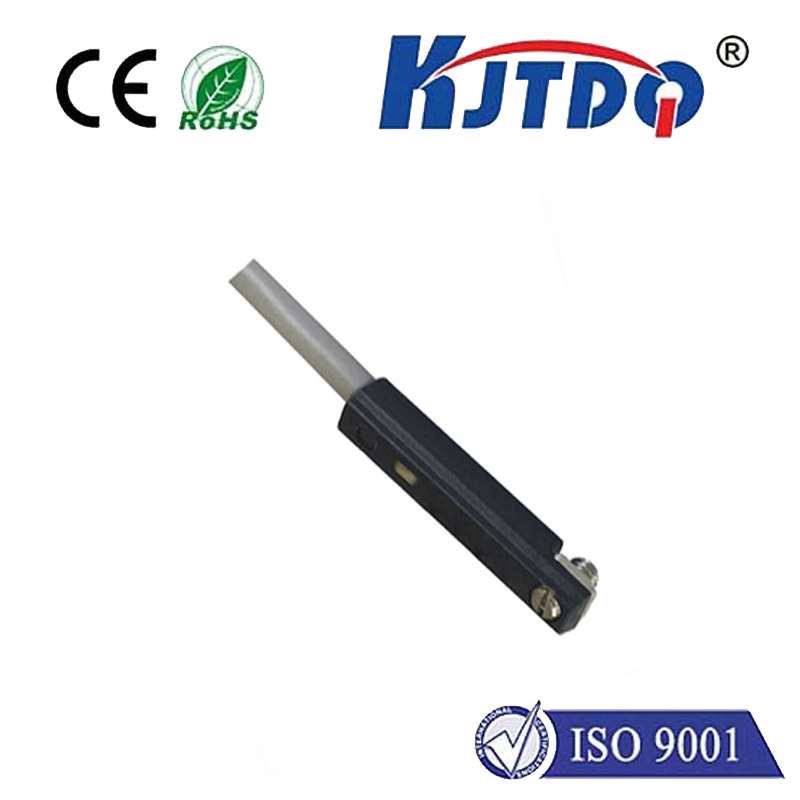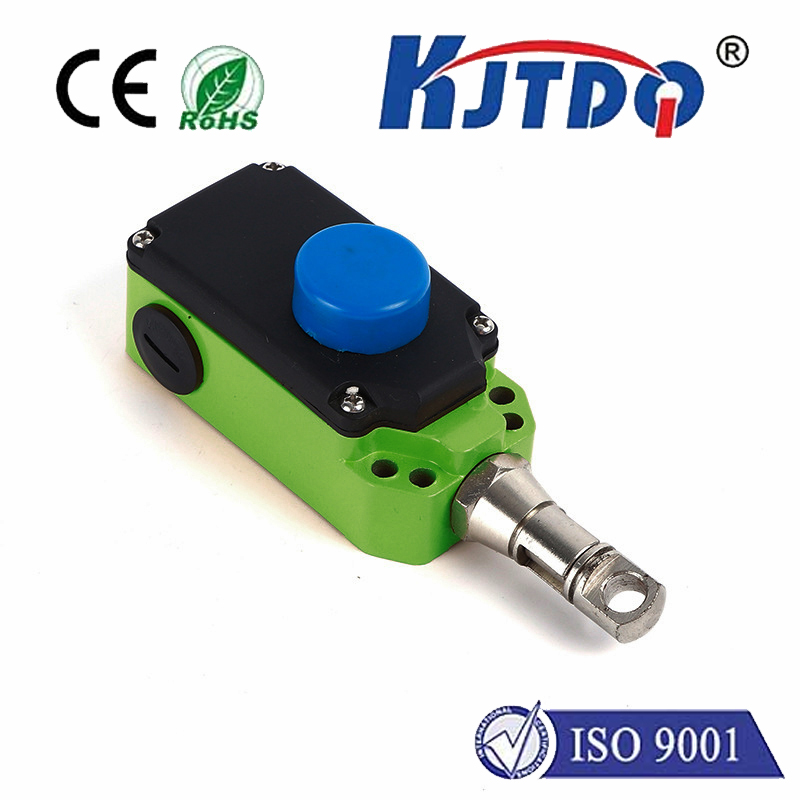

check

check

check

check

check

check

check

check

check

check
Imagine measuring temperature inside a jet engine, detecting minute structural cracks in a bridge miles long, or monitoring blood chemistry deep within the body – all without electricity at the measurement point and immune to the harshest electromagnetic interference. This isn’t science fiction; it’s the remarkable reality enabled by fiber optic sensor technology. Moving beyond the limitations of traditional electrical sensors, these devices harness the fundamental properties of light traveling through optical fibers to perceive the world with exceptional sensitivity and versatility.
Understanding the core principle of fiber optic sensors starts with appreciating the medium itself: the optical fiber. At its simplest, an optical fiber is a thin strand of incredibly pure glass or plastic, comprising a central core surrounded by a cladding layer with a slightly lower refractive index. This specific refractive index difference is the key to guiding light.
The foundational phenomenon enabling light propagation in fibers is Total Internal Reflection (TIR). When light traveling within the higher-index core hits the interface with the lower-index cladding at an angle greater than the critical angle, it doesn’t refract out; instead, it reflects entirely back into the core. This process repeats continuously along the fiber’s length, allowing light to travel vast distances with minimal loss, effectively trapped within the core. This intrinsic light-guiding capability forms the bedrock of telecommunications and, crucially, fiber optic sensing.
So, how does guiding light translate into sensing? The fundamental principle revolves around modulation. A fiber optic sensor is designed so that a specific measurand – the physical, chemical, or biological parameter being monitored (like temperature, pressure, strain, vibration, or chemical concentration) – interacts with the light signal propagating through the fiber. This interaction alters, or modulates, one or more characteristics of that light beam. The core sensing principle is detecting and quantifying this modulation.

The modulation can occur in several key properties of the light:
Phase Modulation: Relies on the wave nature of light. The measurand alters the optical path length (physical length multiplied by refractive index) that the light travels. This changes the phase of the light wave compared to a reference beam. Detecting these tiny phase shifts, often using interferometric techniques (like Michelson, Mach-Zehnder, or Fabry-Perot interferometers integrated with the fiber), allows for extremely high-sensitivity measurements, especially for strain, pressure, and acoustic vibrations. This is the principle behind many of the most sensitive fiber optic sensors.
Wavelength Modulation: Here, the measurand causes a shift in the wavelength (color) of the light being guided or reflected. This is frequently exploited using Fiber Bragg Gratings (FBGs). An FBG is a periodic variation of the refractive index written into the core of the fiber. It acts like a very selective mirror, reflecting only a specific wavelength (the Bragg wavelength) determined by the grating period and the effective refractive index. When the FBG experiences strain or temperature changes, its grating period or refractive index changes, causing a measurable shift in the reflected Bragg wavelength. This shift is directly proportional to the applied measurand and is the key operating principle for highly stable and multiplexable sensors.
Polarization Modulation: Light waves oscillate in specific orientations (polarization states). Certain measurands (like magnetic fields via the Faraday effect, or mechanical stress inducing birefringence) can alter the polarization state of the light traveling through the fiber. Detecting these changes provides information about the applied measurand.
Fiber optic sensors are broadly categorized based on where the sensing interaction occurs:
The inherent advantages stemming directly from the sensing principle are profound:
From monitoring structural health in bridges and wind turbines, enabling downhole sensing in extreme oil and gas wells, providing critical measurements in medical diagnostics and minimally invasive surgery, enhancing industrial process control, to securing borders and perimeters, the applications of fiber optic sensors are vast and continually expanding. Their unique operating principle – leveraging light modulation within a hair-thin strand of glass – provides solutions where traditional sensing technologies reach their limits, offering a reliable, precise, and often indispensable tool for the modern world.
